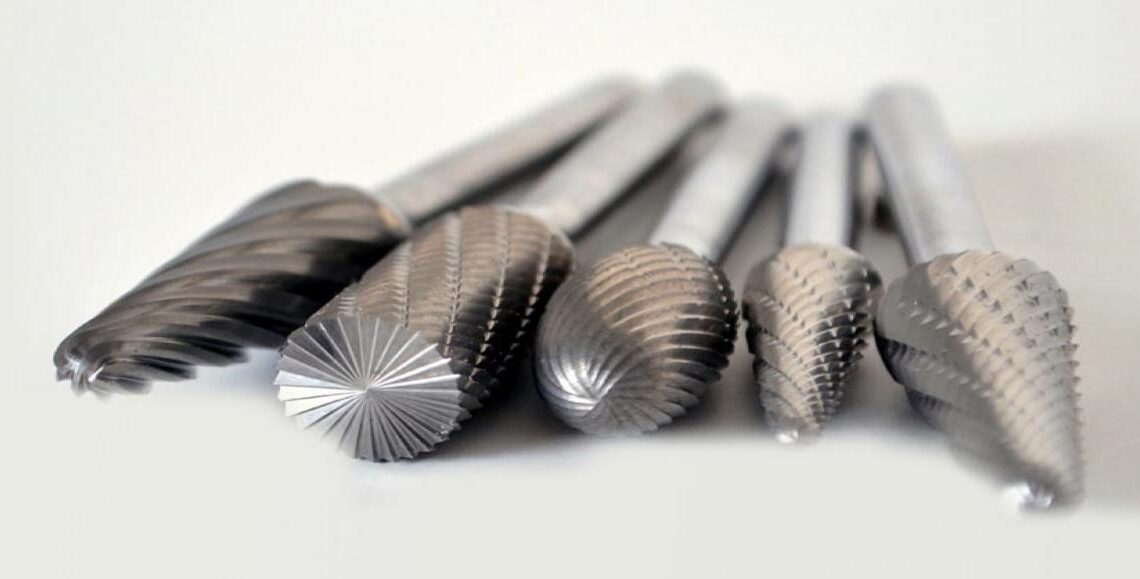In the world of metalworking, achieving a smooth surface finish is often the hallmark of a well-executed project. When it comes to working with aluminum, a versatile and commonly used material, the choice of tools and techniques can make all the difference.
In this article, we’ll delve into the art of achieving smooth surface finishes with the help of a trusty companion – the carbide burr for aluminum.
Importance of Surface Finish
Before diving into the practical aspects, let’s understand why achieving a smooth surface finish is vital. A smooth surface isn’t just about aesthetics; it plays a critical role in functionality, performance, and durability. A flawless surface finish can enhance both form and function in applications ranging from automotive to aerospace parts.
Choosing the Right Carbide Burr for Surface Finishing
The journey to a smooth surface begins with selecting the right tool: the carbide burr for aluminum. The choice of burr type, shape, and size can significantly influence the quality of the finish. Consider your specific goals and the nature of your project when making this selection.
Preparing the Workpiece
The surface finish starts with proper preparation. Ensure your workpiece is clean, securely positioned, and stable. Any irregularities or instability in the workpiece can affect the outcome of the machining process.
Setting the Ideal Speed and Feed Rates
Achieving a smooth surface finish hinges on the proper control of speed and feed rates. Calculating and setting the optimal rates for your carbide burr in aluminum machining is a key step. Factors like material type, burr characteristics, and machining environment will guide your rate choices.
Lubrication and Cooling
Don’t overlook the role of lubrication and cooling. Properly chosen coolants and lubricants can prevent overheating, reduce friction, and enhance the surface finish quality.
Machining Techniques for Smooth Surface Finishes
Now, let’s get to the heart of the matter – machining techniques. Techniques like contouring, profiling, and finishing passes can be employed to achieve the desired finish. Each technique requires precision and control.
Controlling Tool Engagement and Overlap
Tool engagement and overlap are critical factors that influence the surface finish. Carefully controlling these parameters can help minimize tool marks and achieve consistent results.
Deburring and Edge Breaks
For a truly polished look, deburring and creating edge breaks are essential. These steps remove sharp edges and burrs, contributing to a smoother surface finish.
Surface Finish Inspection and Quality Control
The journey doesn’t end with machining. Inspection and quality control are vital. Use common tools and techniques to measure surface finish quality and ensure it aligns with your project requirements.
Troubleshooting Surface Finish Issues
Sometimes, challenges arise during machining. Common surface finish issues like chatter, tool marks, or rough finishes can be addressed with troubleshooting techniques.
Final Verdict:
Achieving a smooth surface finish in aluminum machining is an art and a science. You can transform your metalworking projects with the right tools, techniques, and know-how. The carbide burr for aluminum is your ally in achieving precision and aesthetics that make a lasting impression.
Ready to embark on your journey to perfect surface finishes? Don’t hesitate to reach out to Burrs4less. We’re here to help you elevate your metalworking endeavors to new heights of excellence with our high-quality carbide burrs.



